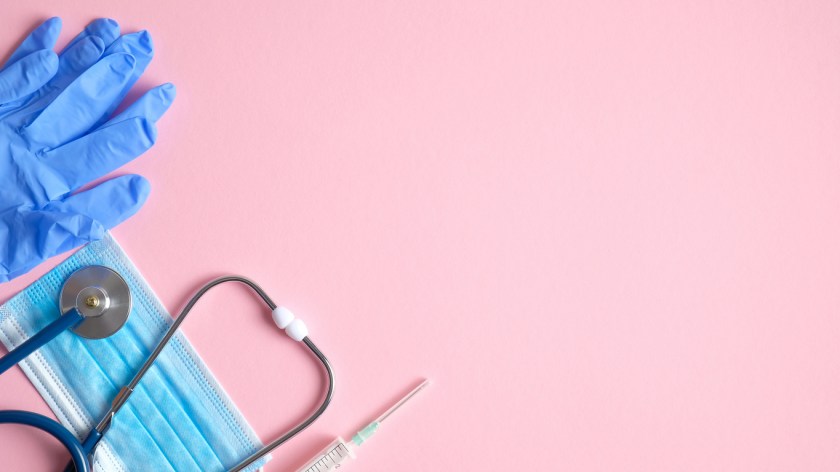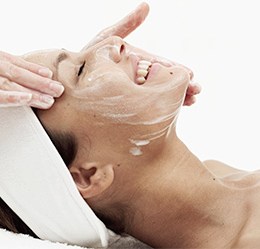Back to injecting? This operating guide may be worth a look.
ASAPS and ASCD have joined forces to provide aesthetic clinics some much-needed guidance around operating in the new COVID-safe environment, with the release of their COVID-19 Safe Injecting Guide. The guide reads, “to help all of us get back into what we love doing, we have created a COVID-19 Safe Cosmetic Injecting Guide 2020. This is aimed at ensuring your safety and the safety of your staff and patients.”
“The Australian Society of Aesthetic Plastic Surgeons (ASAPS) and the Australasian Society of Cosmetic Dermatologists (ASCD) have carefully considered the COVID-19 specific risk profile of each treatment, the PPE modelling, public health measures in place and recommend a cautious approach during the reintroduction of Cosmetic Injecting treatments using neurotoxins and tissue fillers keeping patients and practices safe whilst not wasting valuable resources. This document supports the AHPRA registered health care practitioners in the safe and careful reintroduction of the above-mentioned cosmetic treatments across Australia, subject to relaxation of Government restrictions.”
The guidelines contained within are designed to help mitigate COVID-19 specific risk, and should be read in conjunction with the following two documents:
1. COVID-19 specific guidelines proposed by the Departments of Health of your State and Territory
(Source: https://www.health.nsw.gov.au/Infectious/covid-19/Pages/healthcare.aspx)
2. Australian Guidelines for the Prevention and Control of Infections in Healthcare
(Source: https://www.nhmrc.gov.au/about-us/publications/australian-guidelines-prevention-and-controlinfection-healthcare-2019)
It also recommends the continued use of Telehealth services to address issues that do not require clinic attendance, as these services do not pose a COVID-19 specific risk.
There are four key risk-mitigating principles contained within the Safe Injecting guide:
- That COVID-19 specific questions are being asked and COVID-19 specific screening procedures are followed. This section details questions that should be asked of patients prior to consultation and on the day, as well as safety measures that should be followed once they’re in the clinic – ie. social distancing, hand sanitiser, temperature checks, cough etiquette, no-touch greetings, etc.
- Cosmetic injecting clinics adopt all public health measures including patient cleansing, low patient flow and post procedure face care. This section states explicitly that clinics should not go back to how things were, and should be running at a reduced capacity, with less patients and more time allowed for sanitisation.
- Appropriate use of PPEs including masks. This section states “The current prevalence of COVID-19 in the Australian context does not require all asymptomatic individuals to be classified as suspected COVID-19 cases. However, as the situation remains fluid, things may change.” Clinicians should the use of standard PPEs such as eye protection, surgical mask (non N95) and gloves when treating patients. It also covers types of masks and appropriate use.
- Consideration of risk profile of cosmetic treatments such as neurotoxin, tissue fillers and combination treatments. The final section explores the specifics of administration of filler and botulinum toxin, recommending the latter be administered, where possible, in under 15 minutes, and dividing larger filler appointments to ensure quicker visits. It also suggests tissue fillers of periorificial zones (mouth and lips, around eyes and around or in the nose; being Aerosol Generating Procedures) could be staged, as well as the potential for orifice decontamination using mouthwashes.
There are also a few handy additional resources in addition to the above, including a user friendly ‘tick box’ styled document that will help front office staff, a ‘safe injecting tile’ to post on social media to reassure patients of the additional safety precautions that your will take during their clinic visit, and a ‘procedural e-document’ you can send to your patients by text or email that lists the additional COVID-19 specific precautions that are in place in the clinic.





